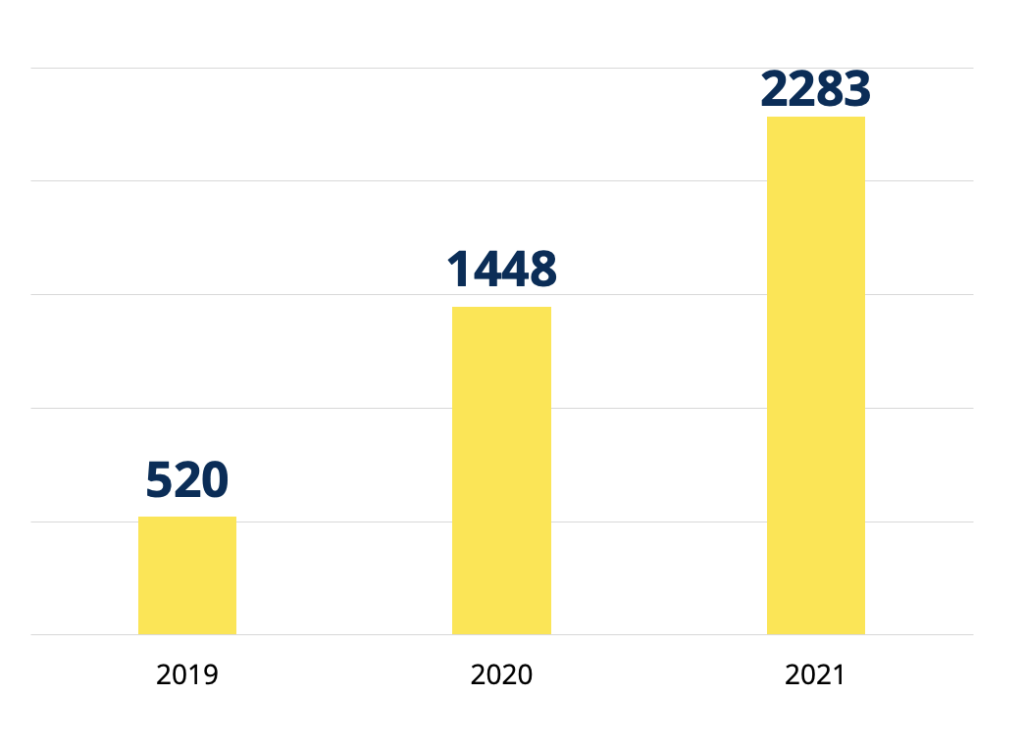A Catalyst for Professional GrowthLaura Terrill
Portfolios have long been used effectively to allow learners to self-assess their work and demonstrate their growth. Increasingly, educators are being asked to document their effectiveness. Pre-service teachers complete performance tasks that document their achievement for certification or state licensure. Teachers in some districts have the option of submitting portfolios to demonstrate their effectiveness in meeting district evaluation criteria. Teachers seeking national recognition prepare and submit a portfolio for the National Board for Professional Teaching Standards.
These portfolios are not scrapbooks that capture moments in a teaching career, nor are they folders of resources and materials collected over a period of time. They are professional portfolios that allow educators to reflect on their practice against identified criteria. They are organized in ways that allow mentors and colleagues to easily review and comment on the evidence found in the portfolio. Catalyst is an electronic portfolio developed by Professionals in Education Advancing Research and Language (PEARLL) in partnership with the Center for Applied Language Studies (CASLS) to meet the need of world language teachers who want to engage in reflective practice as they document their professional growth.
Catalyst User Growth (2019-2021)
Since Catalyst was launched in 2019, almost 2,3000 educators have used the platform to document their professional growth, upload over 5,400 pieces of evidence, and interact with other users in over 200 groups.

Getting Started
Educators may begin to create their e-portfolio by completing a personal profile that gives information on who they are, their position, years of experience and language(s) spoken. They then consider the seven TELL Domains: Environment, Planning, Learning Experience, Performance and Feedback, Learning Tools, Collaboration and Professionalism selecting an initial area of focus. Within each domain criteria and subcriteria identify teacher characteristics and behaviors that represent the model world language teacher. The subcriteria serve to explain a key practice by defining that practice in terms of what effective teachers do.
Self-Assessment and Goal Setting
Self-assessment is at the heart of Catalyst and asks educators to reflect on their strengths and to set individual growth goals. More importantly, educators are able to indicate areas of strength and upload evidence that corroborates their work related to a specific subcriterion. The indication of doing something with confidence and shared evidence facilitates collaboration with others who are interested in working on that goal.
An educator may opt to self-assess on each of the criteria within a domain or may wish to limit their area of focus to one of the criteria. For each individual subcriteria educators use self-assessment tools provided within the framework to indicate their level of confidence from something that they might not do yet, to something they do rarely, sometimes, most of the time and finally with confidence. This self-assessment is based on the subcriteria allowing teachers to set individual goals against very specific criteria.
For example, an educator who selected the Planning domain and decided to focus on implementing standards-based units would self-assess on the following criteria.

Resources and Evidence
Many of the subcriteria also have links to specific resources that could be helpful to a teacher working on a specific goal. For example, an educator selecting Planning 1.b “The teacher uses units that have clearly identified performance objectives in the three communicative modes” would find several suggested resources (online articles, samples, professional learning modules, etc.) that provide guidance on how to improve effectiveness in this area. That same educator would then be able to upload evidence of their progress toward the goal. They might upload a document, a video showing an instructional segment in their classroom, or a reflection documenting what they are learning based on reading or interaction with others. This evidence can be private allowing the educator to continue to work without involving others. The evidence can also be shared within a selected group allowing others to review and offer feedback or ask questions. Finally, the evidence can be marked as public allowing any Catalyst member access to the evidence.
Catalyst meets the needs of individual educators who want or need to create an e-portfolio. They can begin to document their professional growth as they enter the profession and can continue to do so throughout their careers. Their portfolio is not linked to a particular university or school district. It is their portfolio, one that they manage and use to meet their professional needs.
Organizing and Managing Professional Learning
Catalyst is also designed to function as a learning management system. Anyone can create a private group within Catalyst. The person creating the group invites others to join creating a shared collaborative space for those who are working together for different purposes. A professional learning community within a school or school district might form a group. A language-specific group working from multiple locations might form a group. There are clear advantages to working within a Catalyst group. Foremost, the group sets the goals, members post evidence and choose to share that evidence with the group allowing other group members to review and provide feedback. Communication among group members is facilitated through announcements, discussion and reflections forums. Up to four teachers can also connect via video conference from within Catalyst.

